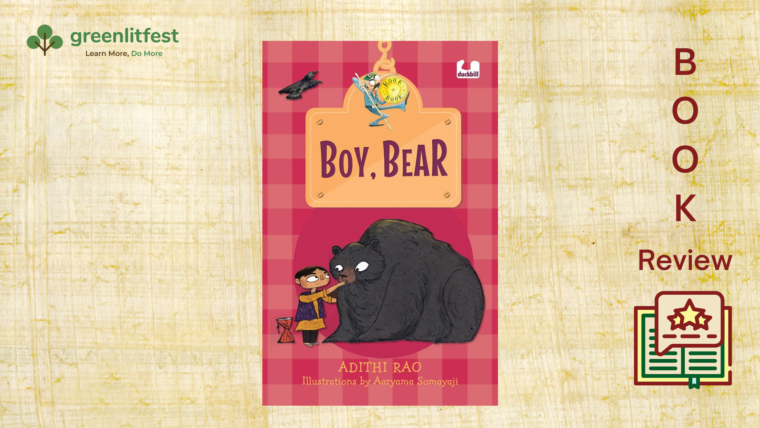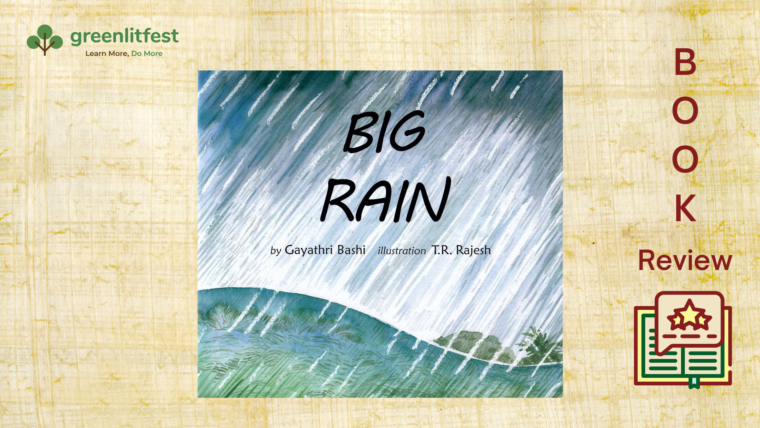Offers an opening to discussions on powerful life lessons using nature’s tender lens and the personal values that drive conservation
His ears were too large
His nose was too long
His shape was quite odd
And his colour all wrong
He only could trumpet, he could not bellow
Yet, the elephant liked being a buffalo.
Written in delightful verse by Anushka Ravishankar, often called India’s Dr Suess, Elephants Never Forget by Tara books, is a charming tale of a baby elephant who finds himself all alone in the jungle after a sudden storm, till he befriends a baby buffalo and becomes one of them. But what happens when he encounters a group of elephants like himself? Does he leave the buffaloes and join them?
Not an ‘environment’ book in the traditional sense, Elephants Never Forget uses animal characters to tell a joyous tale of loss, adoption and integration laced with increasingly urgent ideas on identity, belongingness, kindness and staying true to one’s beliefs instead of conforming to norms. Yet, aren’t these values omnipresent in the natural world where all living beings survive by making room for each other, irrespective of differences.
Why did the elephant befriend the buffaloes who were so different from him? What made the buffaloes come to the rescue of the baby elephant despite the imminent danger posed by the tiger? Why did the elephant stay on with the buffaloes even after he grew big and strong? Was it all because the buffaloes had made room for him when he was most vulnerable or did it run deeper than that? After all, didn’t the big and strong elephant end up repaying their kindness in equal measure. When we speak of environmental literature, we tend to restrict ourselves to books that espouse conservation. But we rarely question the personal values that drive conservation. What makes people care for the environment? Is it only a measure of altruism or is there more to it? Stories like Elephants Never Forget offer an opening to discussions on powerful life lessons using nature’s tender lens.
By Meghaa Gupta



